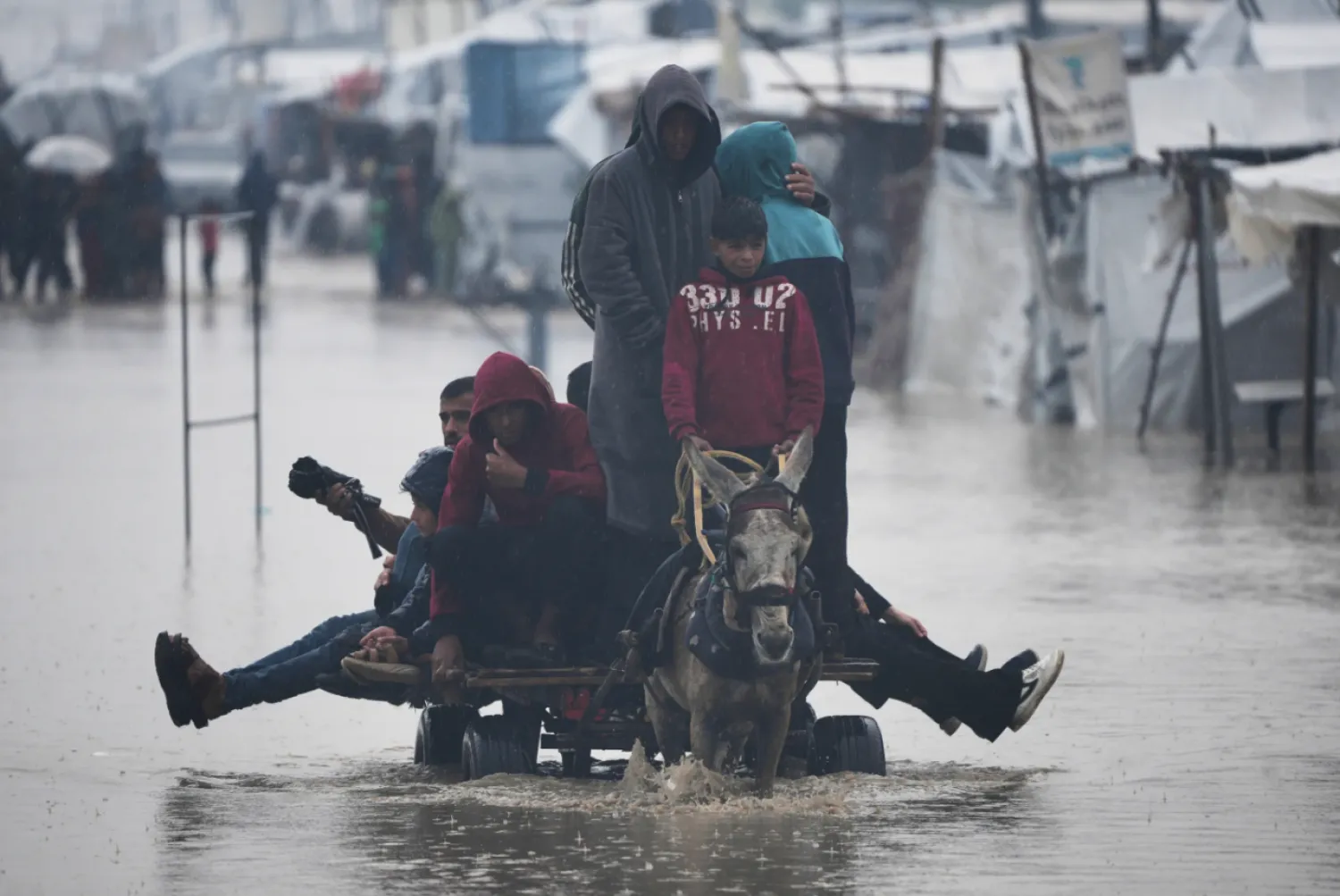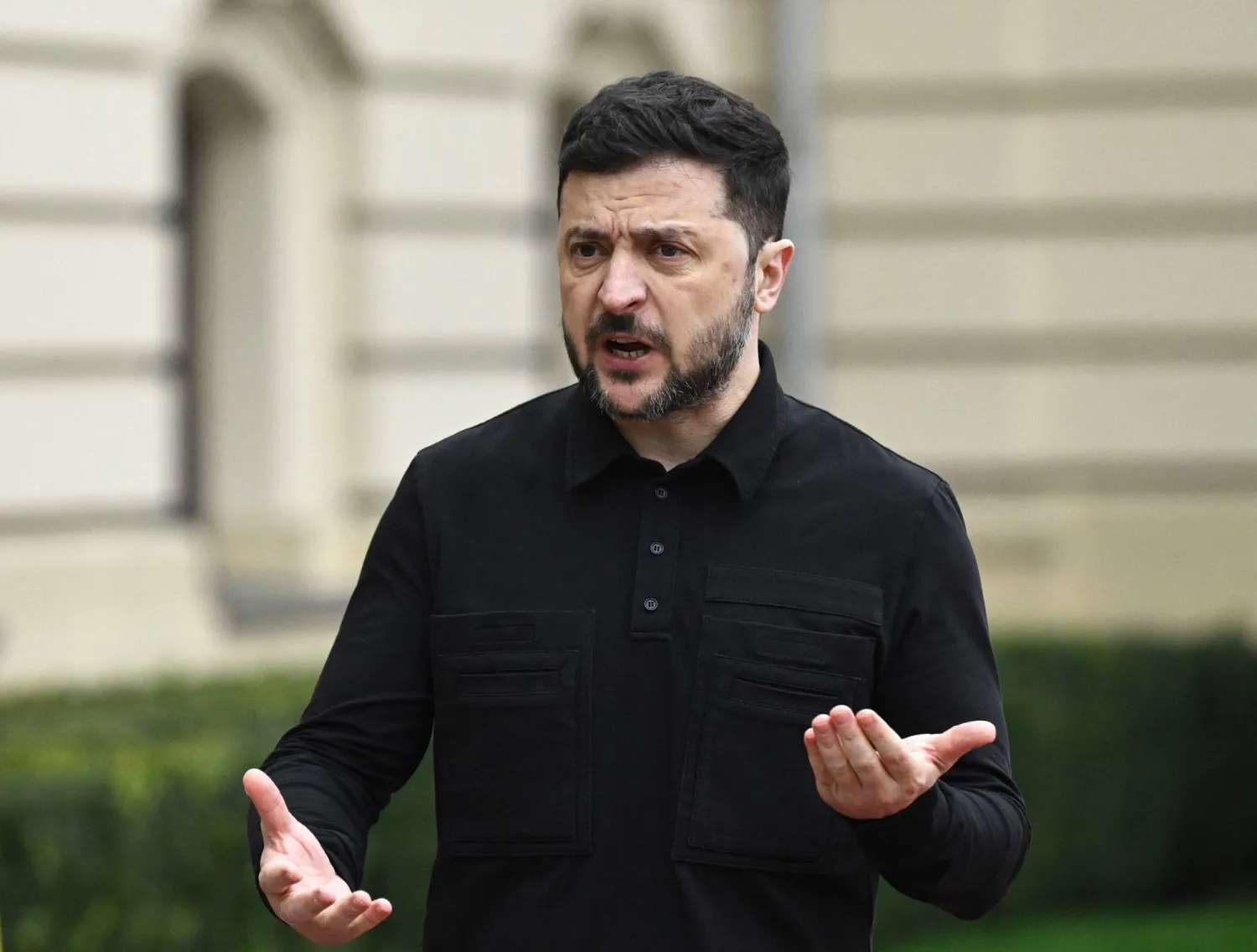Twenty-four years ago, a special forces unit raided the Abou Selim prison in the suburbs of the Libyan capital Tripoli, shooting dead 1,269 opponents of Moammar al-Gaddafi’s regime. The case was not closed until December 2019. This is but one of the horrific crimes that took place in Tripoli’s prisons during the rule of the Gaddafi regime and after its overthrow.
The United Nations has documented the imprisonment of thousands of men, women and children in centers that are officially under the control of the interior and defense ministries of the Tripoli-based Government of National Accord, headed by Fayez al-Sarraj, or his allied armed factions.
After Gaddafi’s ouster, the prisons now hold members of his former regime, who are held on charges of torture. People who have been detained in these jails have spoken of a “secret and scary world where detainees do not carry out a sentence, but rather are locked up away in the darkness, hoping that they would be forgotten, temporarily or permanently.”
Head of the Libyan Organization for Political Development, Jamal al-Fallah told Asharq Al-Awsat that the secret prisons or the ones held by the armed factions are not controlled by the state. Rather, they are controlled by the militias. Each militia has its own prison, some of which are secret and whose location are unknown.
Fallah, who hails from the eastern city of Benghazi, said that these groups act as judge and jailor, whereby they can arrest whoever they choose and release them whenever they want without any legal ground.
Ruwaymi prison
Prisons in western Libya are infamous for their varying degrees of notoriety. The Ruwaymi prison in the Ain Zara suburb is the most infamous. Rights groups have documented flagrant human rights violations there since the ouster of Gaddafi’s regime in 2011. The facility is run by militias even though, officially, it is affiliated with the GNA. The jail holds some 2,000 prisoners, who are detained on political or military charges.
Human Rights Watch has reported on the nine years of torture and arbitrary arrests at the prison. It famously spoke of riots in 2013 when prisoners rose up against the excessive violence against them. Rights activists and the relatives of the prisoners revealed that the guards violently suppressed the riot by opening live fire against them.
In March 2020, a rocket attack targeted Ruwaymi, prompting the GNA justice ministry to plead with the international community to intervene to end the assault. The attack left at least three workers wounded. The GNA held “hostile” forces responsible for the attack, a reference to the rival Libyan National Army, commanded by Khalifa Haftar.
Libyan rights organizations have reported on the appalling conditions in Ruwaymi, revealing that prisoners are being exposed to deadly infectious disease. Ten percent of inmates were at one point infected with tuberculosis. In a report on Libya in January 2020, United Nations Secretary-General Antonio Guterres also spoke of the spread of infectious diseases, such as scabies, hepatitis and HIV among the inmates. The UN mission in Libya had cooperated with the justice ministry to improve conditions at the facility.
“During the reporting period, some 8,500 individuals, of whom an estimated 60 percent were in pretrial detention, were held in 28 official prisons under the authority of the Ministry of Justice. In total, 280 women, including 180 non-Libyans, and 109 children were held in prisons and/or in judicial police custody. Thousands of others were held in facilities nominally under the control of the Ministry of the Interior or the Ministry of Defense, as well as facilities directly operated by armed groups. Those detained had little opportunity to challenge the legality of their detention or seek redress for violations suffered,” he said.
Eliminating inmates
Head of Investigation Bureau of the Libyan Tripoli-based Attorney General's Office Al-Siddiq Al-Sour revealed that in June 2016, 12 prisoners held at Ruwaymi were “eliminated” shortly after a judicial order for their release was announced. Several Libyan rights groups accused militias of killing the inmates, who hailed from the Wadi al-Rabih region. Paying no heed to the accusations, the militias continued to detain more people in the facility.
Sour said the prisoners were being held for their involvement in violence that accompanied the 2011 revolution. When the judge ordered the release of 19 of the detainees, prison records showed that they had left the facility with their families, but in reality, 12 never made it out alive.
Judicial expert at the interim government in the east, Wissam al-Werfalli blamed the frequent violations at the prisons on the failure of successive governments in stemming them. He explained that after the revolution, several armed groups opposed to Gaddafi began to emerge on the ground and they gradually began to gain influence and started to arbitrarily arrest sympathizers of the former regime.
Another notorious prison was al-Hadaba, which was known for holding former regime members such as Baghdadi Mahmudi, the last of Gaddafi’s prime ministers, Abuzed Omar Dorda, former chief of external security, Abdullah Senussi, former military intelligence chief, and Al-Saadi Gaddafi, the late ruler’s son. The facility was raided in 2017 in wake of clashes between militias, forcing the GNA to eventually shut it down and transfer the prisoners to Ruwaymi.
Dorda and several former regime figures were released in 2019 after eight years of arrest. In his first televised appearance, Dorda announced his support for the LNA and warned against Turkey and the Muslim Brotherhood’s plans in Libya and the region.
Opponents silenced
Tripoli has been notorious for the abduction and disappearance of politicians, journalists and citizens. The most prominent victim was former PM Ali Zeidan, who was kidnapped from a hotel in the capital in August 2017. The building was stormed by a militia that took the 67-year-old official to an unknown location. The GNA mediated his release after a ten-day ordeal.
The GNA claims that it controls all prisons, but rights activists state that jails in Tripoli are facilities where people are locked up to be forgotten because keeping them outside undermines the interests of militias.
An official at one of these militias acknowledged to Asharq Al-Awsat that some groups are “dedicated” to the abduction and extortion of citizens. Speaking on condition of anonymity, he said: “Those groups commit acts punishable by law, but we are the authority that applies the law.”
Violations behind bars
The Office of the United Nations High Commissioner for Human Rights (OHCHR) had previously blamed armed groups of the prolonged arbitrary and unlawful detention of thousands of people in Libya. In a report, it said: “Armed groups across Libya, including those affiliated with the State, hold thousands of men, women and children in prolonged arbitrary and unlawful detention, and subject them to torture and other human rights violations and abuses. Victims have little or no recourse to judicial remedy or reparations, while members of armed groups enjoy total impunity.”
“To date in 2019, an estimated 8,813 individuals have been held in 28 official prisons under the authority of the Ministry of Justice, of whom an estimated 60 percent were in pre-trial detention. We have continued to receive credible reports of arbitrary detention, torture, enforced disappearances, sexual and gender-based violence, and overcrowding in detention facilities under the control of the Ministry of the Interior. Conditions in unofficial places of detention, often run by armed groups, are even more difficult to monitor and are likely to be even worse.”
Systematic torture
Torture is also rampant at the prisons. Witness, medical reports and rights groups have all documented torture at facilities throughout Libya. Detainees are tortured during interrogation to drag “confessions” out of them and are also punished for committing alleged crimes.
Former detainees detailed how they would be beaten on the head with various implements, including metal bars and pipes and rifle butts. They would be hung up for long hours, electrocuted, burned with cigarettes or hot bars.
Fallah said that in many cases judicial orders for the release of prisoners are often left unheeded, which shows the influence these armed groups hold in managing prisons.









